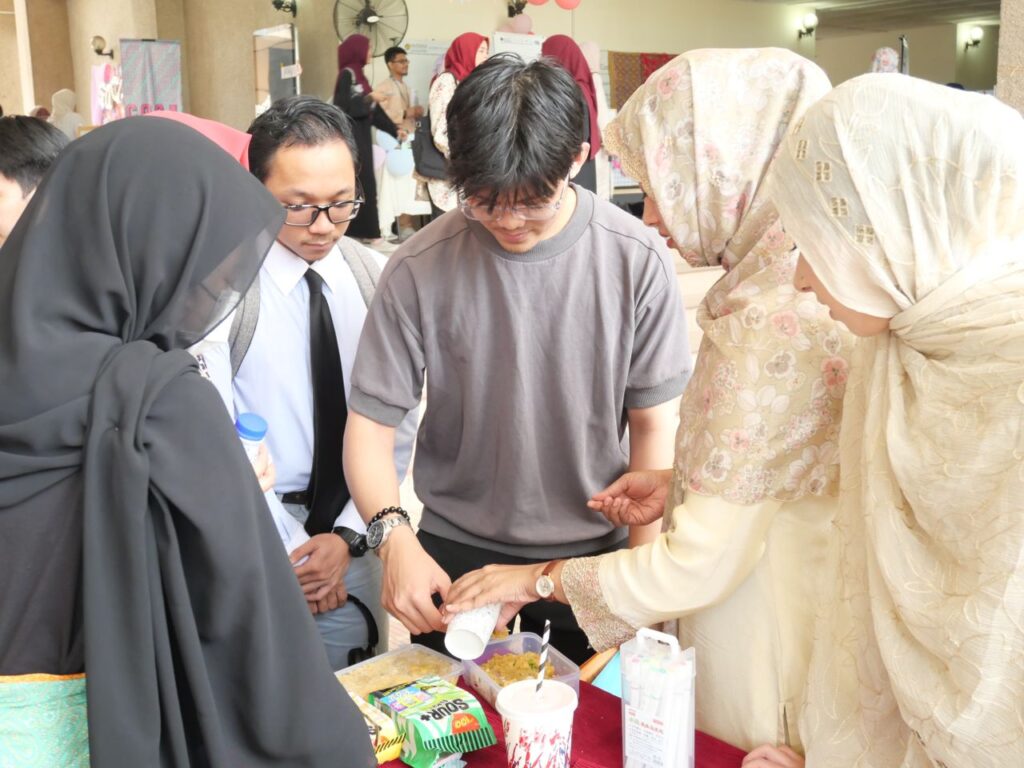By, Nur Atiqah Shamsudin
GOMBAK, 16 November 2024- The Malaysian Society and Culture course today held an exciting cultural exhibition, the Malaysian Society and Culture Exhibition on 5 November, as part of the events for SOCARNIVAL (4 to 7 November 2024) celebrating the incredible diversity of ethnic groups in Malaysia in Human Sciences square, IIUM. The event started at 8.30am and drew a crowd of attendees eager to learn more about the unique customs and traditions of Malaysia’s multi-ethnic society.
The lecturer of the course, Malaysian Society and Culture, Madam Zuraida binti Abd Rahim, emphasized the purpose of the exhibition. “The aim is to give students, especially international students, a new exposure to the diverse cultural landscape of Malaysia,” she explained. “We want them to experience firsthand the customs, traditions, and values that make Malaysia unique, fostering a deeper understanding and appreciation of the multi-ethnic society here,” she continued.
Madam Zuraida expressed her hope that through this exhibition, international students can connect more with Malaysian culture, and that it promotes cross-cultural respect and builds a sense of community. She added that this event is also an opportunity for local students to take pride in and showcase their heritage to a global audience.
The exhibition featured a rich display of Malaysia’s diverse cultural heritage, represented by different ethnic groups. Group 1 showcased the Baba Nyonya, a unique blend of Chinese and Malay heritage, highlighting the intricate Peranakan culture through colorful attire, traditional foods, and crafts that illustrate the fusion of these two cultures.
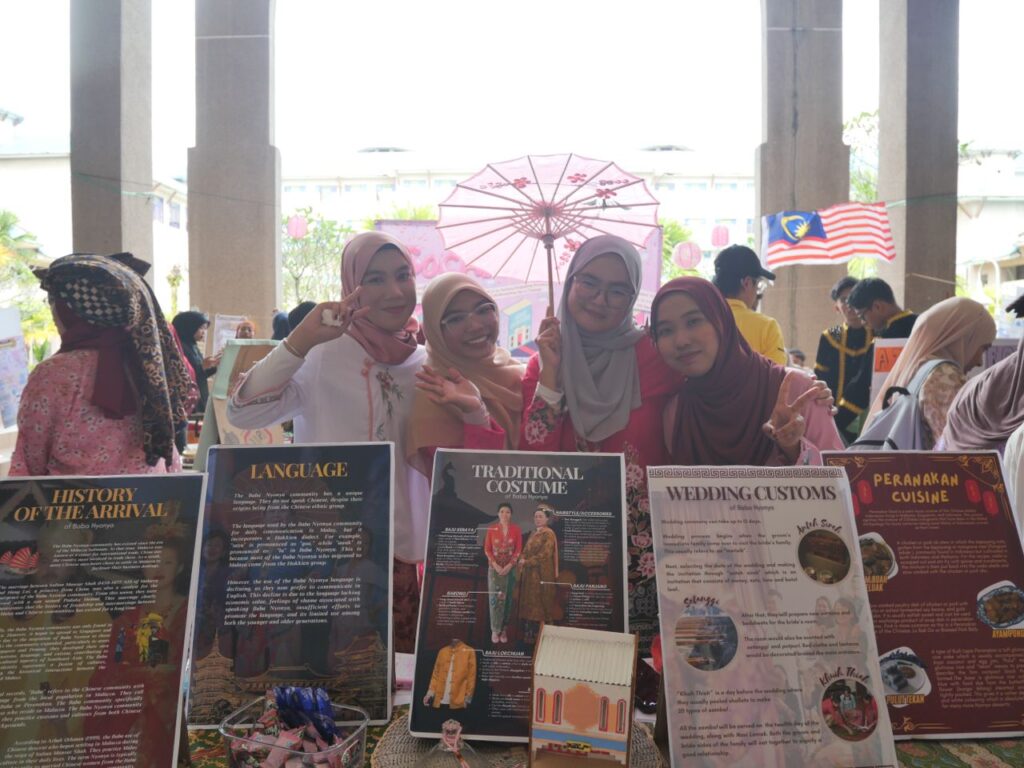
Group 2 presented the Malay (Melayu), the largest ethnic group in Malaysia, with a focus on Malay customs and traditions. Their exhibit featured traditional attire such as the baju melayu and baju kurung, along with cultural practices like silat (a Malay martial art) and captivating traditional dance performances. A special highlight of their display was the tepak sirih, a traditional betel leaf set used in Malay ceremonies. The tepak sirih symbolizes respect, hospitality, and is an essential part of many cultural rituals, especially in weddings and formal gatherings, adding a unique and meaningful touch to their exhibit
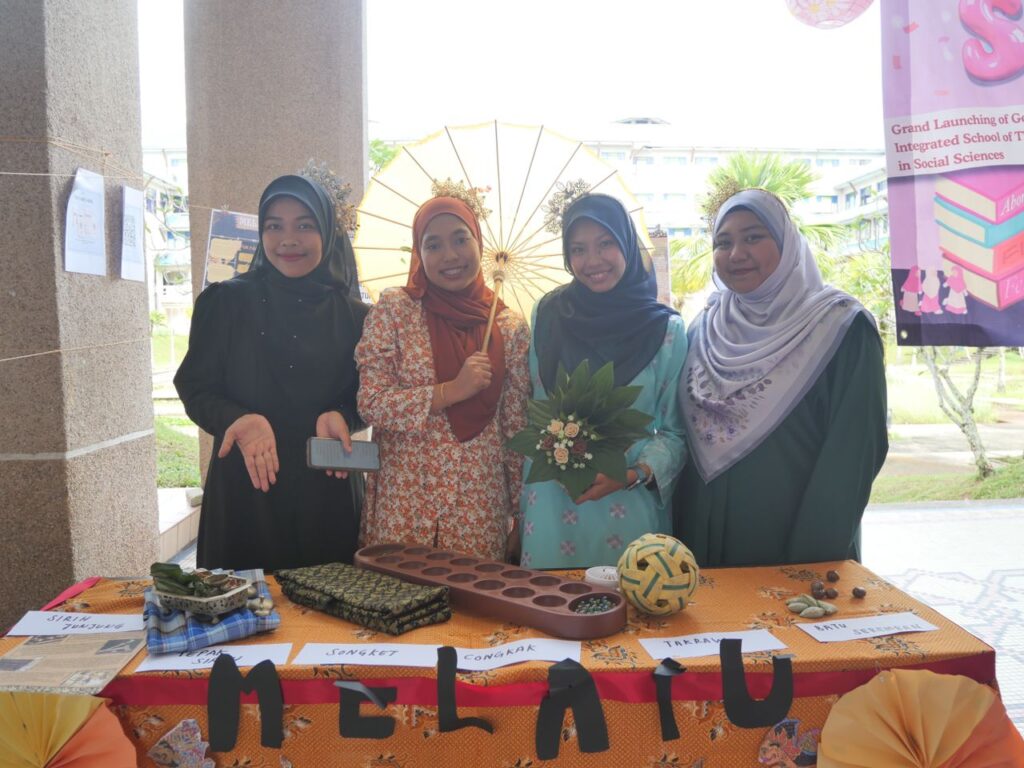
Group 3 introduced a Malayalee and Tamil (Indian-Malaysians) – This group celebrated the vibrant Indian communities, from the Kerala-based Malayalees to the Tamil-speaking Indian Malaysians. The exhibition featured colorful saris, traditional dances, and discussions about religious and cultural festivals, such as Deepavali and Onam and they also provided free traditional Indian food, Pana Puri.
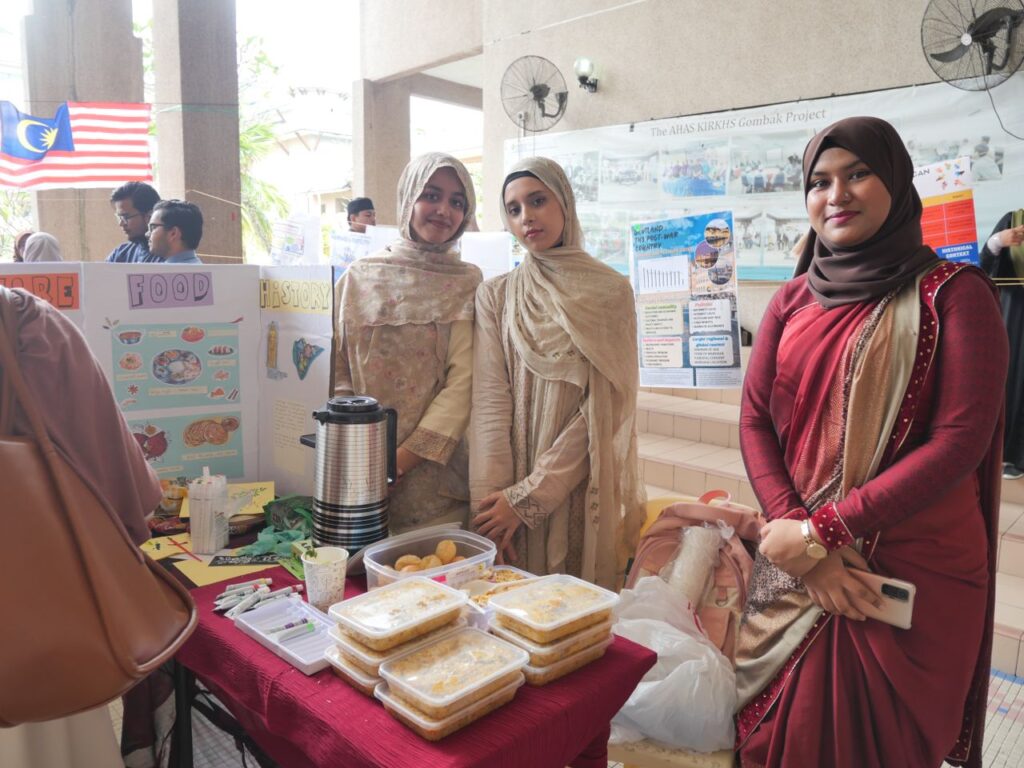
Group 5 introduced a prominent indigenous group from Sabah known for their rich cultural heritage, the Kadazan Dusun. Their exhibit focused on traditional attire, which symbolizes their deep-rooted identity and connection to the land. The traditional dress, often featuring intricate beadwork, vibrant colors, and woven fabrics, represents the Kadazan Dusun’s pride in their heritage and reflects the significance of nature and agriculture in their daily lives, particularly rice farming. These garments, worn during special occasions and ceremonies, serve as a visual celebration of their unique cultural identity.
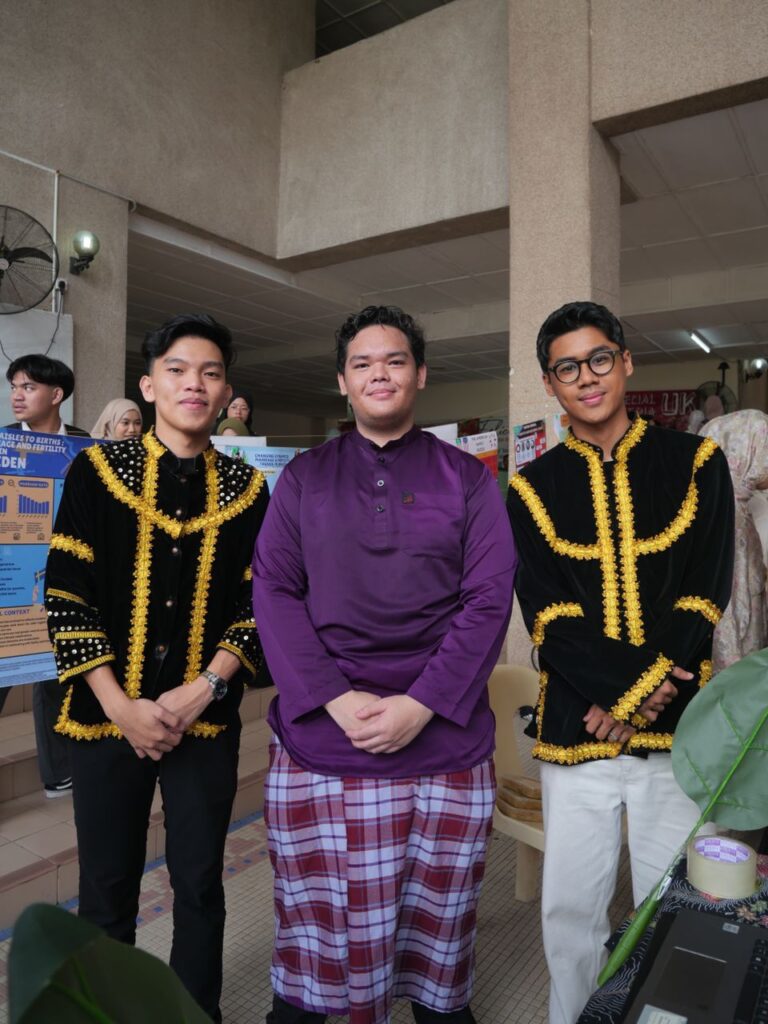
Group 5 highlighted the Sikh community, emphasizing their rich traditions and values. This group showcased the Sikh community’s history in Malaysia, alongside symbols of Sikhism, turbans, and traditional attire, focusing on their principles of community service and equality. This comprehensive exhibition allowed visitors to explore Malaysia’s cultural diversity in an immersive and educational experience.
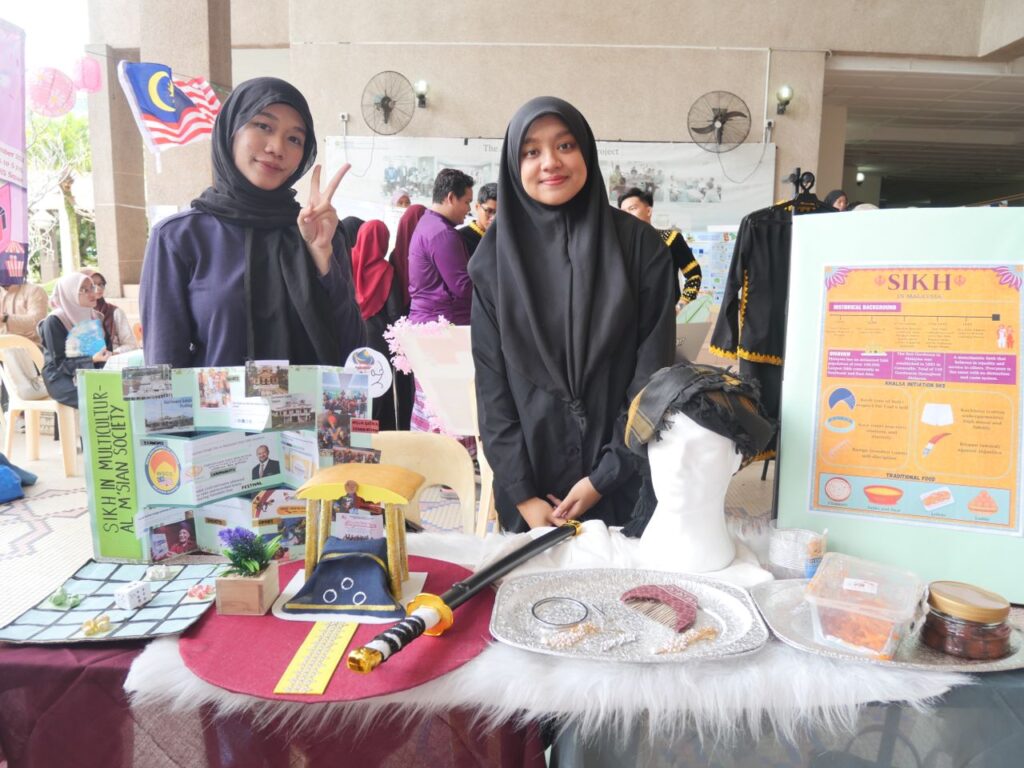
Lastly, group 6 represented the Minangkabau, a community with roots in West Sumatra, Malaysia, known for its matrilineal society and distinctive attire. They displayed their heritage through traditional dance (tarian piring), textiles, and storytelling that revealed the Minangkabau way of life.
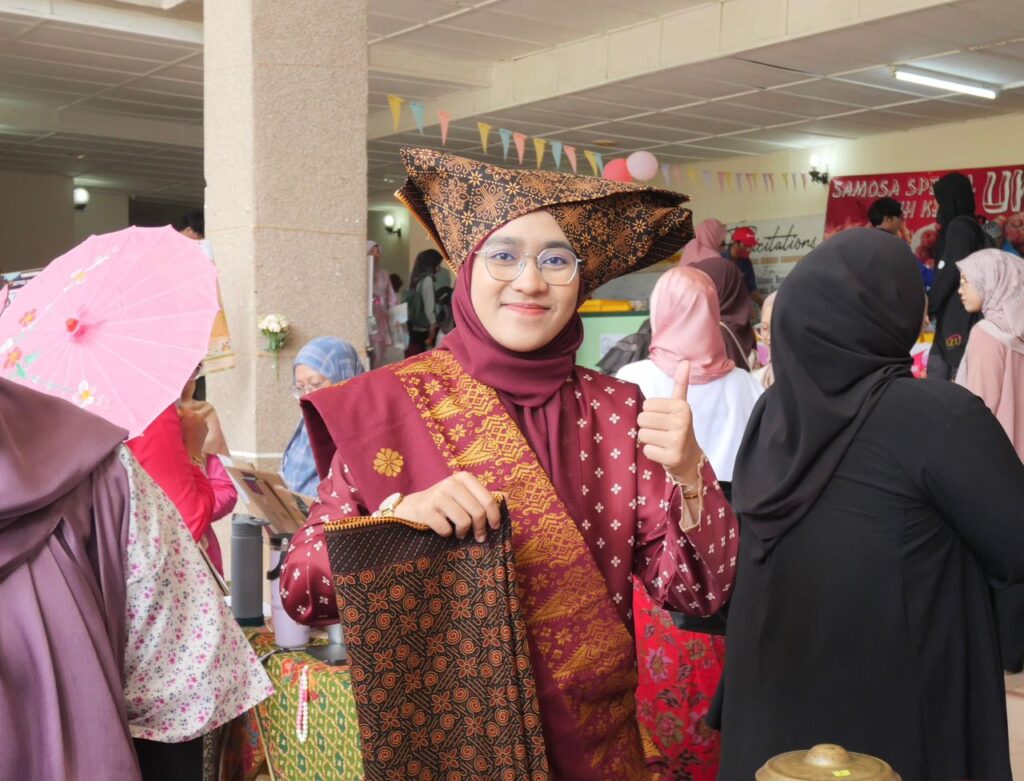
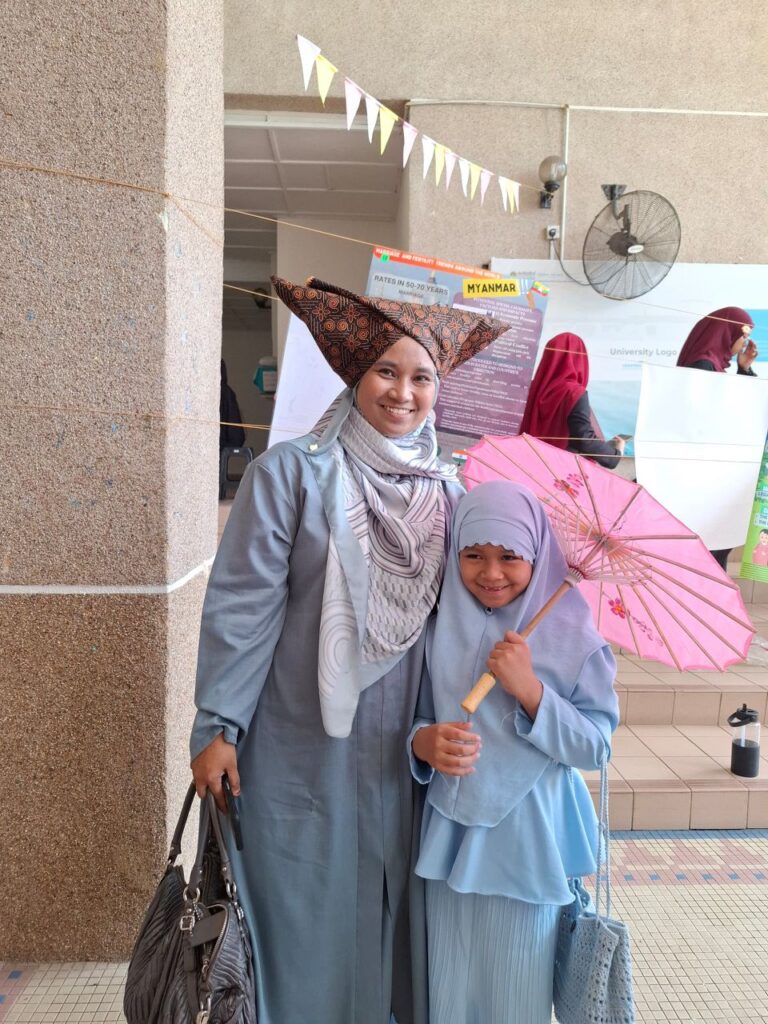
The Malaysian Society and Culture Exhibition successfully highlighted the rich cultural diversity of Malaysia, offering students a unique opportunity to immerse themselves in various ethnic traditions and practices. The event received positive feedback, especially from international students, who expressed appreciation for the chance to experience Malaysian culture firsthand. Many shared that the exhibition not only deepened their understanding of Malaysia’s multicultural landscape but also fostered a greater sense of connection and respect for its heritage.***
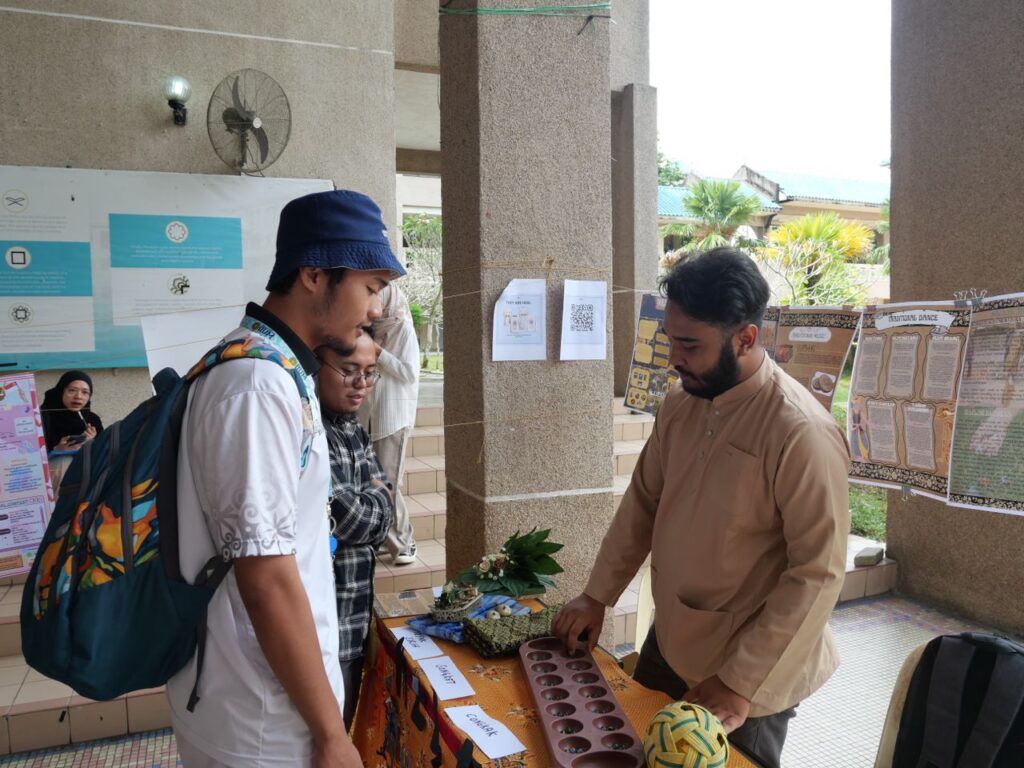
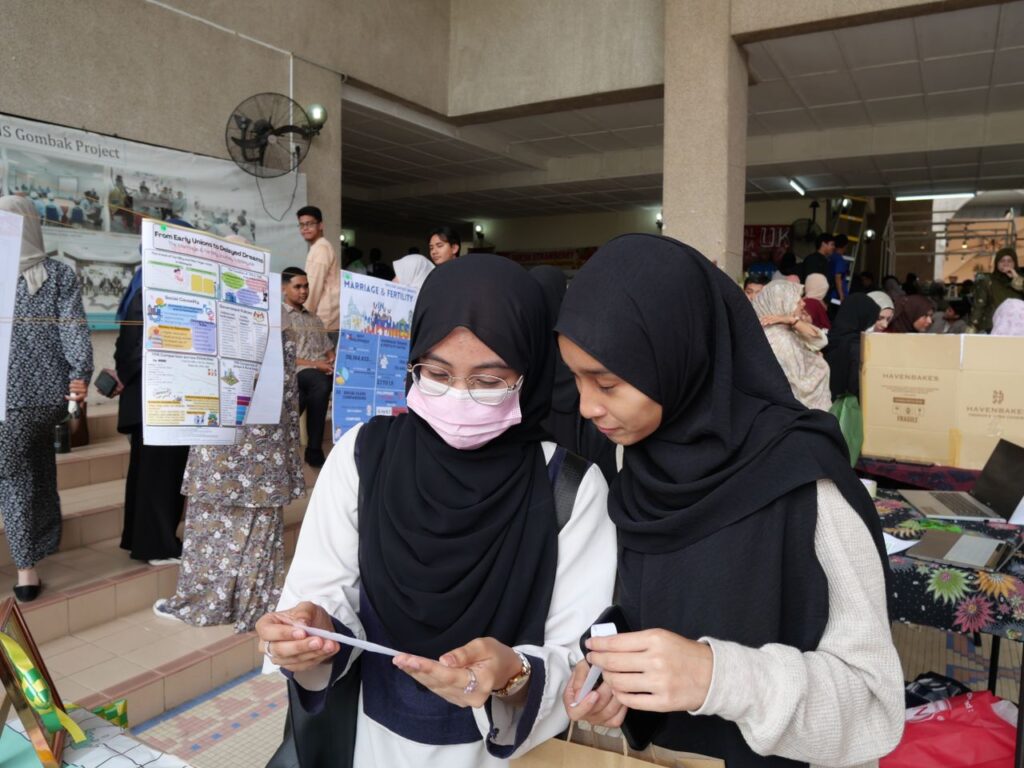
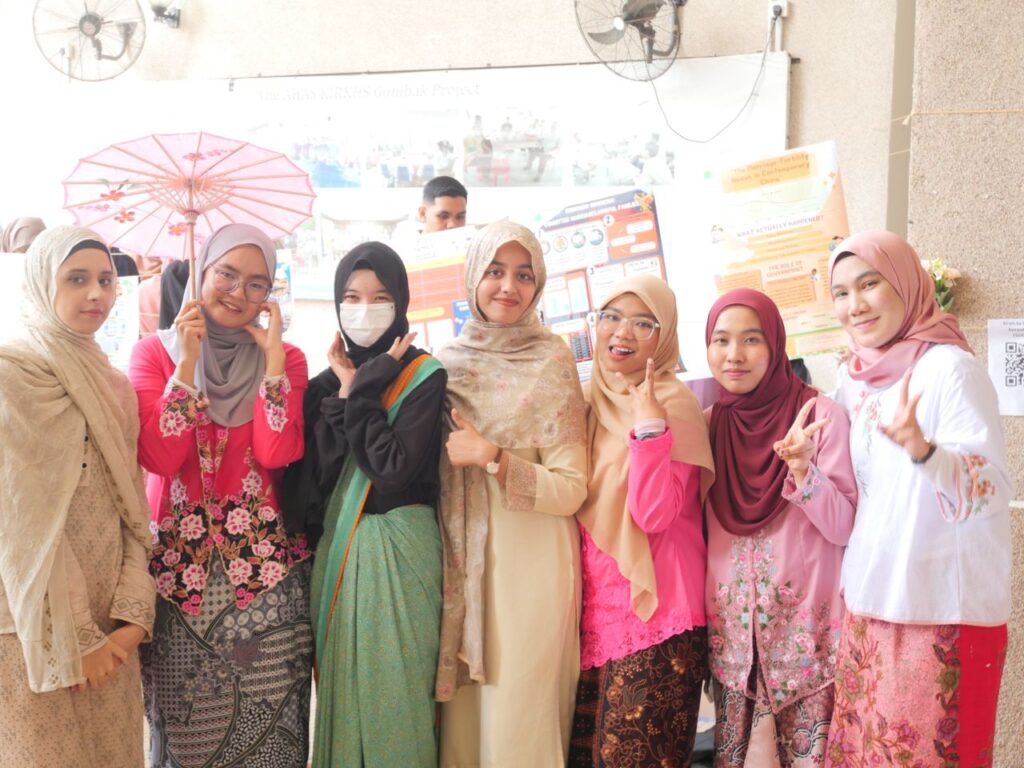
- AHAS KIRKHS Takreem 2024: Honouring Excellence and Achievements - March 4, 2025
- SOCA Students take the Lead: Flash Mob and Campaigns ignite Environmental Awareness at IIUM - December 8, 2024
- SOCARNIVAL 2024: Malaysian Society and Culture Exhibition showcases Rich Ethnic Diversity - November 16, 2024
